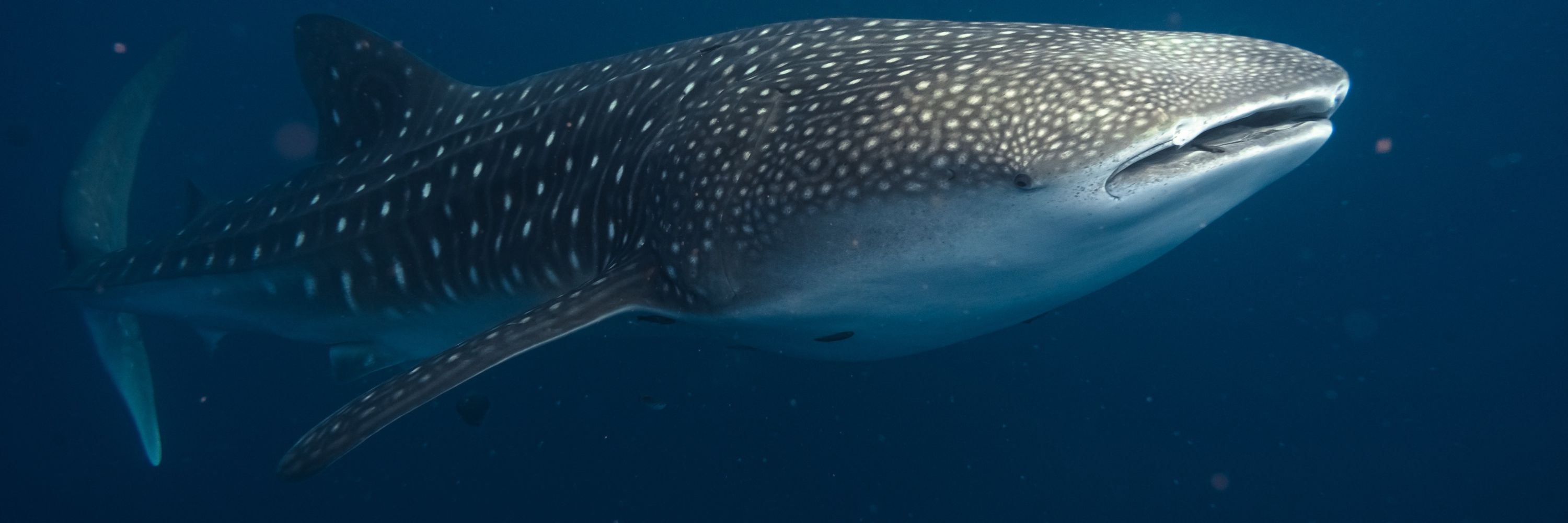
Interested in the biophysical drivers of the movement and behaviour of #MarineMegafauna 🐋🐢🦭🐟
Here we reveal the dynamic physical processes that drive suitable habitat for Tiger Sharks in a subtropical coastal embayment🦈
🔗link here: rdcu.be/eeZG5
🧵 Thread for more: (1/6)
🎥: @jakemasondiving

Out now in @royalsocietypublishing.org Proc B: royalsocietypublishing.org/doi/10.1098/...

Out now in @royalsocietypublishing.org Proc B: royalsocietypublishing.org/doi/10.1098/...
If you think the world doesn’t need Basic Science, or that somehow Science has failed you, think again.
#sciencematters

If you think the world doesn’t need Basic Science, or that somehow Science has failed you, think again.
#sciencematters
#consgen #popgen #phylo #molevol #evolution
yes-dtn.ac.uk/research/the...

#consgen #popgen #phylo #molevol #evolution
yes-dtn.ac.uk/research/the...

🔬 Marine Science
🌍 Earth Science
📈 Climate Change
⚠️ Hazards
💊 Biotechnology and Biomedicine
🌊 Oceanography
🪸 Coral Reef Ecology
🌧️ Atmospheric Science
➗ Geophysics
⚛️ Bioscience
🔬 Marine Science
🌍 Earth Science
📈 Climate Change
⚠️ Hazards
💊 Biotechnology and Biomedicine
🌊 Oceanography
🪸 Coral Reef Ecology
🌧️ Atmospheric Science
➗ Geophysics
⚛️ Bioscience
🔗 doi.org/10.1111/ddi....

🔗 doi.org/10.1111/ddi....



Deep-sea mining risks for sharks, rays, and chimeras. A must read for this looming threat to many already threatened species.
www.cell.com/current-biol...
@iucnshark.bsky.social

Deep-sea mining risks for sharks, rays, and chimeras. A must read for this looming threat to many already threatened species.
www.cell.com/current-biol...
@iucnshark.bsky.social

Understand how ecosystem stability is changing across space and through time using niche modelling, pinpoint at-risk species/regions, and build tools that drive conservation action🌿🧭📈
👉 tinyurl.com/2w2we5z8
#Ecology #Jobs #Biodiversity #RStats

Understand how ecosystem stability is changing across space and through time using niche modelling, pinpoint at-risk species/regions, and build tools that drive conservation action🌿🧭📈
👉 tinyurl.com/2w2we5z8
#Ecology #Jobs #Biodiversity #RStats

share.google/pWxTjMwVl5Lh...
share.google/pWxTjMwVl5Lh...
& our new paper shows their offshore feeding grounds
if the #highseastreaty #bbnj is ratified we can protect that, plus sharks, seabirds and other marine predators:
www.sciencedirect.com/science/arti...
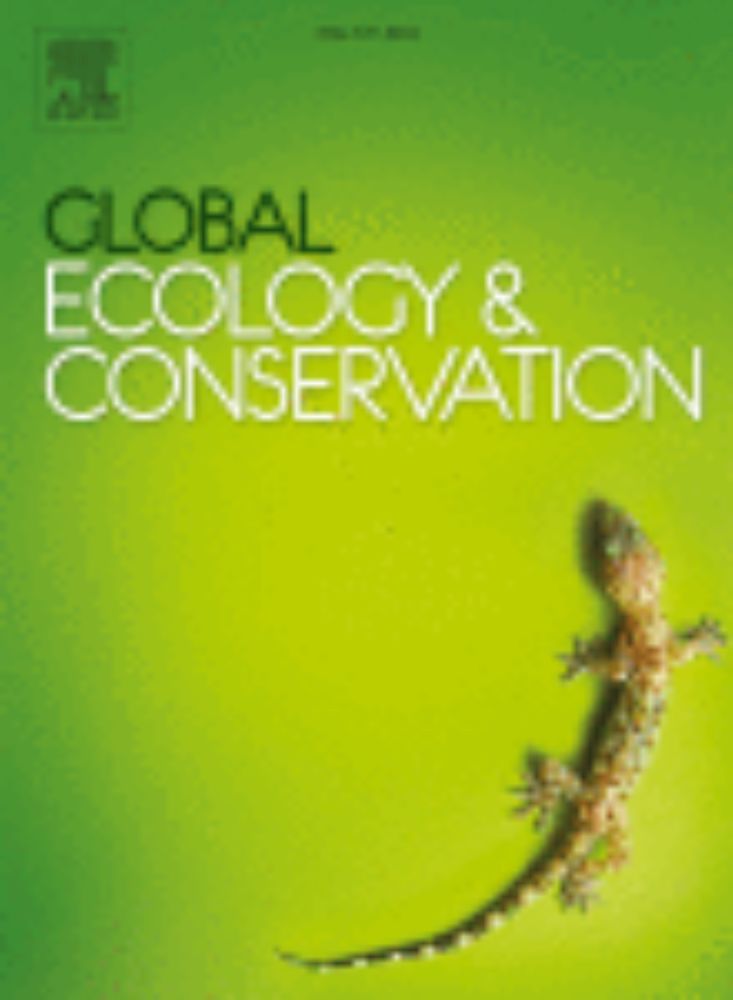
& our new paper shows their offshore feeding grounds
if the #highseastreaty #bbnj is ratified we can protect that, plus sharks, seabirds and other marine predators:
www.sciencedirect.com/science/arti...
www.syfy.com/syfy-wire/ho...
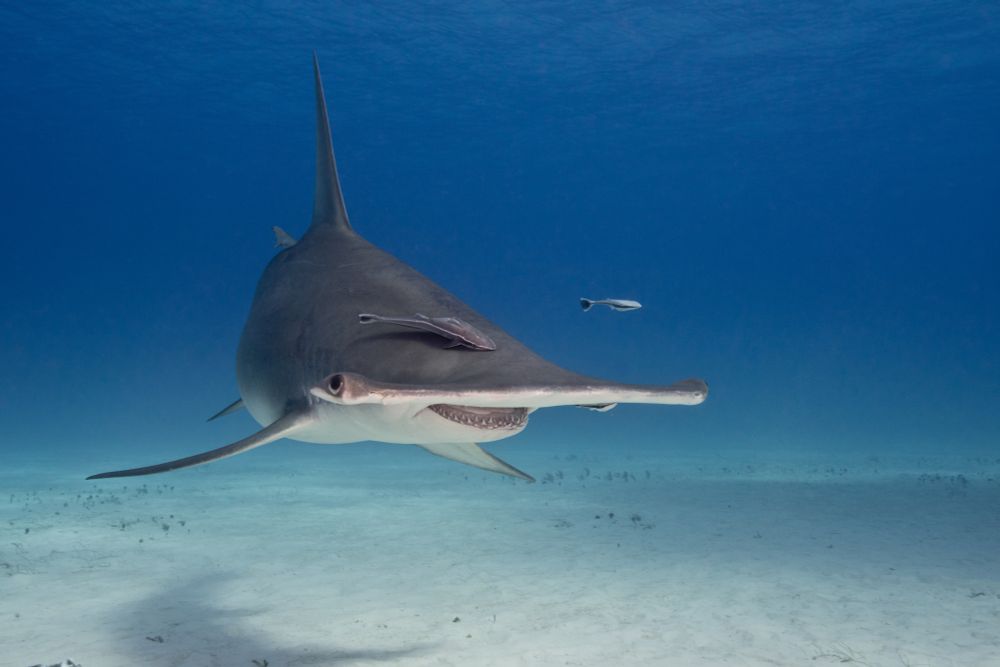
www.syfy.com/syfy-wire/ho...
We have to act now.
@griffith.edu.au JCU MQ @geonadir.bsky.social CSIRO
link.springer.com/article/10.1...

We have to act now.
@griffith.edu.au JCU MQ @geonadir.bsky.social CSIRO
link.springer.com/article/10.1...
www.pnas.org/doi/10.1073/...
Illustrations @cookedillustrations.com
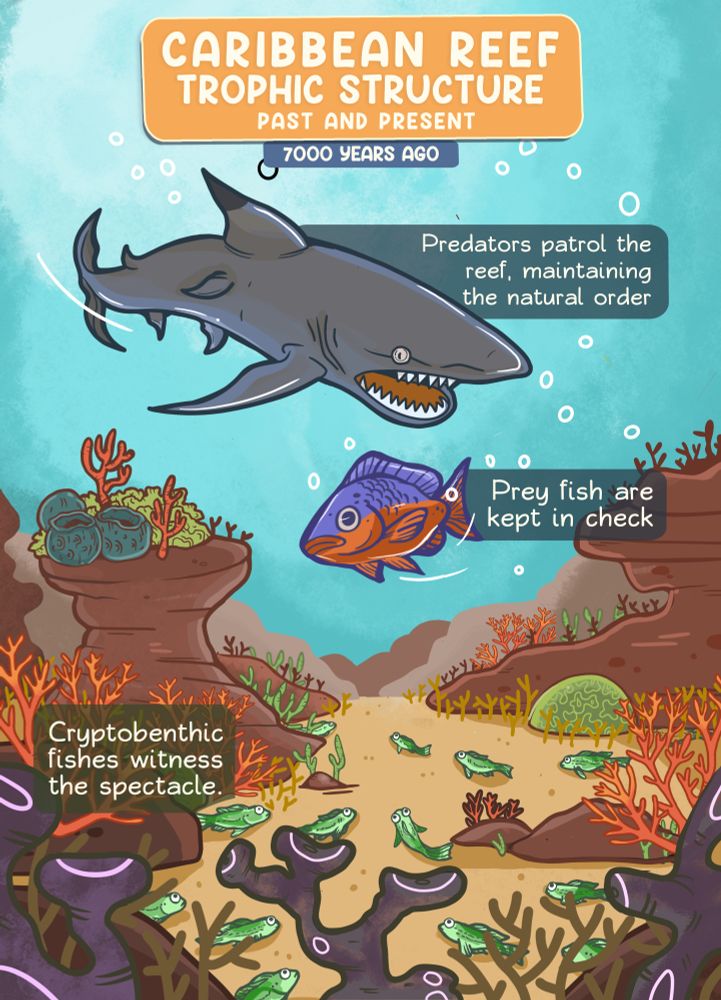
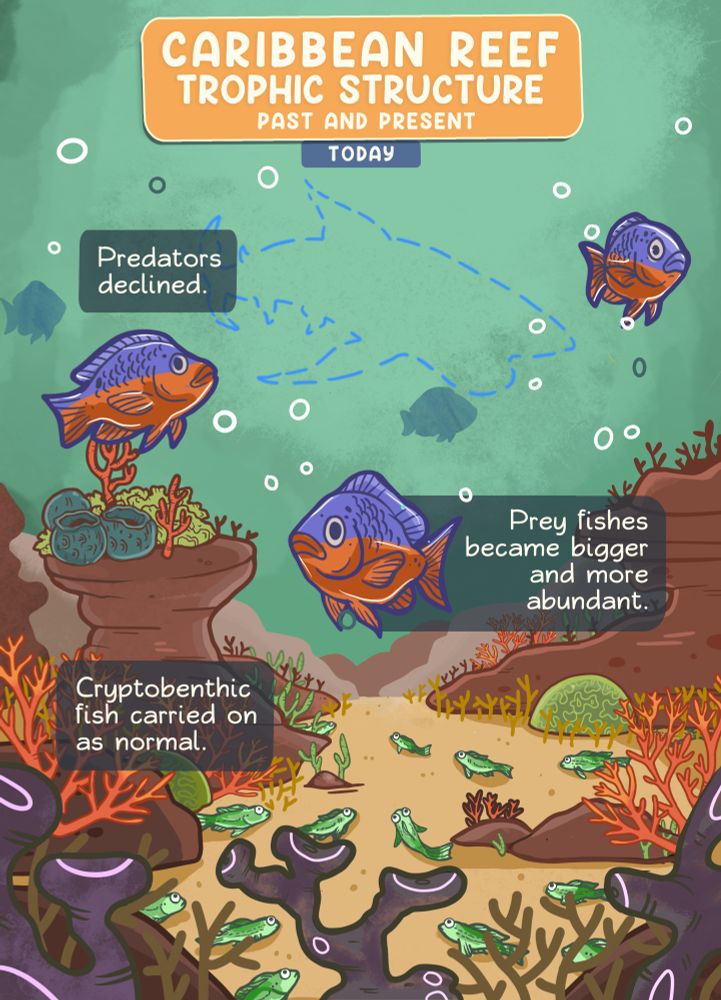
www.pnas.org/doi/10.1073/...
Illustrations @cookedillustrations.com
www.science.org/doi/10.1126/...

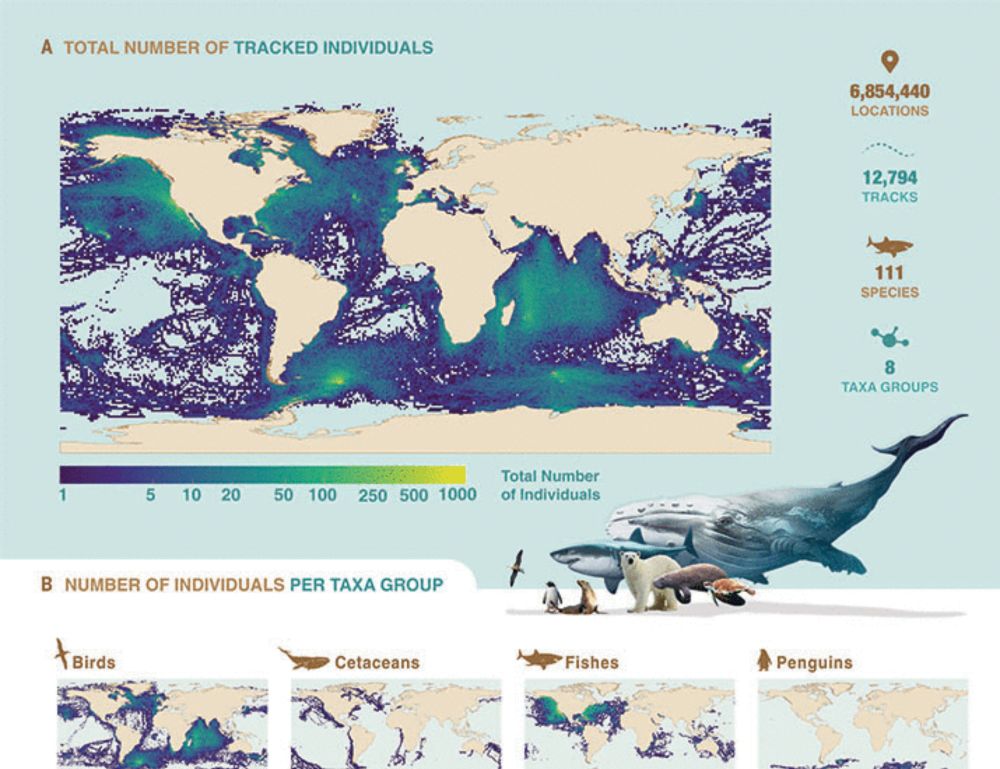
doi.org/10.1016/j.ma...
Decision not driven by evidence, but (wrong) public perception
www.theguardian.com/australia-ne...

doi.org/10.1016/j.ma...
Decision not driven by evidence, but (wrong) public perception
www.theguardian.com/australia-ne...




